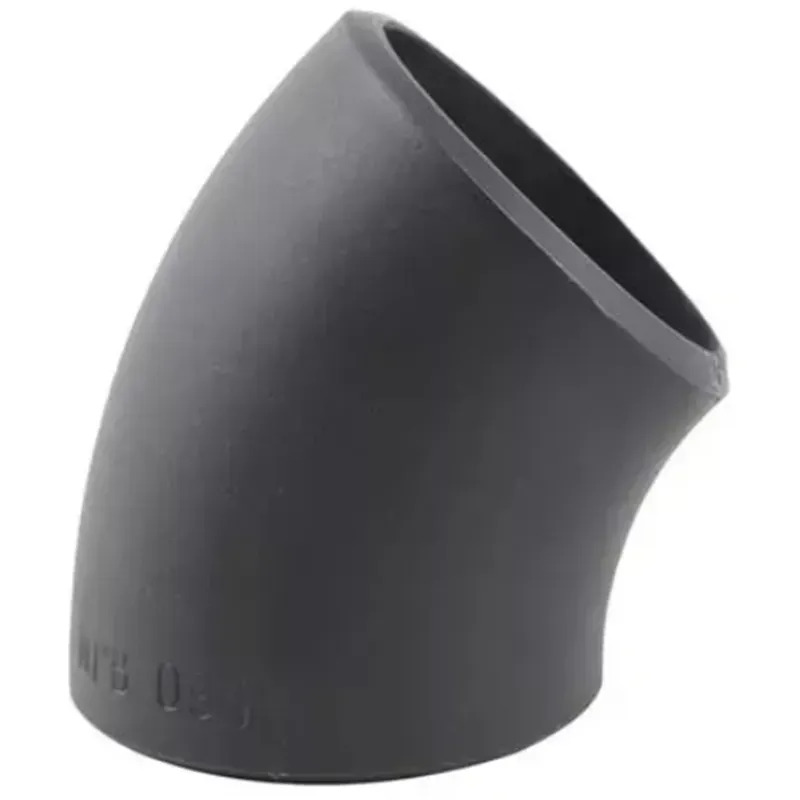-
Cangzhou Yulong Steel Co., Ltd.
-
Phone:
+86 13303177267 -
Email:
admin@ylsteelfittings.com
- English
- Arabic
- Italian
- Spanish
- Portuguese
- German
- kazakh
- Persian
- Greek
- French
- Russian
- Polish
- Thai
- Indonesian
- Vietnamese
- Zulu
- Korean
- Uzbek
- Hindi
- Serbian
- Malay
- Ukrainian
- Gujarati
- Haitian Creole
- hausa
- hawaiian
- Hebrew
- Miao
- Hungarian
- Icelandic
- igbo
- irish
- Japanese
- Javanese
- Kannada
- Khmer
- Rwandese
- Afrikaans
- Albanian
- Amharic
- Armenian
- Azerbaijani
- Basque
- Belarusian
- Bengali
- Bosnian
- Bulgarian
- Catalan
- Cebuano
- China
- China (Taiwan)
- Corsican
- Croatian
- Czech
- Danish
- Esperanto
- Estonian
- Finnish
- Frisian
- Galician
- Georgian
- Kurdish
- Kyrgyz
- Lao
- Latin
- Latvian
- Lithuanian
- Luxembourgish
- Macedonian
- Malgashi
- Malayalam
- Maltese
- Maori
- Marathi
- Mongolian
- Myanmar
- Nepali
- Norwegian
- Norwegian
- Occitan
- Pashto
- Dutch
- Punjabi
- Romanian
- Samoan
- Scottish Gaelic
- Sesotho
- Shona
- Sindhi
- Sinhala
- Slovak
- Slovenian
- Somali
- Sundanese
- Swahili
- Swedish
- Tagalog
- Tajik
- Tamil
- Tatar
- Telugu
- Turkish
- Turkmen
- Urdu
- Uighur
- Welsh
- Bantu
- Yiddish
- Yoruba

Oct . 12, 2024 19:18 Back to list
100mm flange
Understanding the 100mm Flange A Comprehensive Overview
Flanges are crucial components in a variety of industrial applications, serving as the connection point between two or more sections of pipe or equipment. Among the numerous flange sizes, the 100mm flange stands out due to its widespread usage in multiple sectors, including plumbing, oil and gas, construction, and manufacturing. This article delves into the specifications, applications, advantages, and considerations surrounding the 100mm flange.
Specifications of the 100mm Flange
The 100mm flange typically refers to a nominal diameter of 100 millimeters (approximately 4 inches). This flange may adhere to various standards depending on the industry and application. Common standards include
1. ANSI/ASME These flanges are often rated by pressure class, such as 150, 300, or 600, which indicates their pressure-bearing capacity. 2. DIN (Deutsches Institut für Normung) The European standard for flanges offers specific dimensions and pressure ratings that differ from ANSI standards. 3. JIS (Japanese Industrial Standards) Used predominantly in Japanese applications, these standards specify dimensions and requirements for flange fittings.
The material composition of 100mm flanges can vary significantly based on the intended environment. Common materials used include
- Carbon Steel For general piping applications. - Stainless Steel For corrosive environments or hygiene-sensitive applications, such as food processing. - Alloy Steel For high-temperature or chemically aggressive environments.
Applications of 100mm Flanges
The versatility of 100mm flanges allows them to be used across various fields
1. Piping Systems The 100mm flange is extensively employed in piping systems, connecting pipes and facilitating seamless fluid transfer. These systems can be utilized in municipal water supply, heating systems, and wastewater treatment.
2. Industrial Equipment Many pieces of industrial machinery employ flanges to attach components securely. For instance, pumps and valves often use 100mm flanges for reliable connections, preventing leaks and ensuring efficient operation.
3. Construction Projects In construction, these flanges are common in structural frameworks, especially in high-rise buildings where large pipes must transition seamlessly between sections.
4. Oil and Gas Industry In the oil and gas sector, 100mm flanges withstand extreme pressures and temperatures, making them vital for pipeline systems and offshore applications.
100mm flange

Advantages of 100mm Flanges
1. Strength and Durability Flanges provide robust connections capable of withstanding high pressure and mechanical stress, ensuring the integrity of the piping system.
2. Ease of Installation The design of flanges allows for straightforward installation and disassembly, facilitating maintenance and repairs.
3. Versatility The 100mm size couples easily with various piping standards, making it adaptable for numerous uses across diverse industries.
4. Improved Sealing Flanges provide a larger surface area for gaskets, leading to enhanced sealing capabilities compared to threaded joints, which can be prone to leaks.
Considerations When Using 100mm Flanges
While the 100mm flange offers numerous benefits, certain considerations should be taken into account
1. Compatibility with Standards Ensure that the selected flange complies with the relevant standards for the specific application, whether ANSI, DIN, or JIS.
2. Material Selection The choice of material should be appropriate for the operating environment, including factors like temperature, pressure, and chemical exposure.
3. Installation Techniques Proper installation techniques, including the correct use of gaskets and bolts, are essential to prevent leakage and ensure long-term reliability.
4. Maintenance Regular inspection and maintenance of flanged connections are necessary to identify signs of wear or damage, particularly in high-stress applications.
Conclusion
The 100mm flange is a fundamental component in many industrial systems, known for its strength, versatility, and ease of use. By understanding its specifications, applications, and precautions, engineers and technicians can ensure optimal performance in their piping systems. Whether in the oil and gas sector or everyday plumbing applications, the significance of the 100mm flange cannot be overstated, making it a vital element of modern engineering and construction.
Latest news
-
ANSI 150P SS304 SO FLANGE
NewsFeb.14,2025
-
ASTM A333GR6 STEEL PIPE
NewsJan.20,2025
-
ANSI B16.5 WELDING NECK FLANGE
NewsJan.15,2026
-
ANSI B16.5 SLIP-ON FLANGE
NewsApr.19,2024
-
SABS 1123 FLANGE
NewsJan.15,2025
-
DIN86044 PLATE FLANGE
NewsApr.19,2024
-
DIN2527 BLIND FLANGE
NewsApr.12,2024
-
JIS B2311 Butt-Welding Fittings LR/SR 45°/90° /180°Seamless/Weld
NewsApr.23,2024











